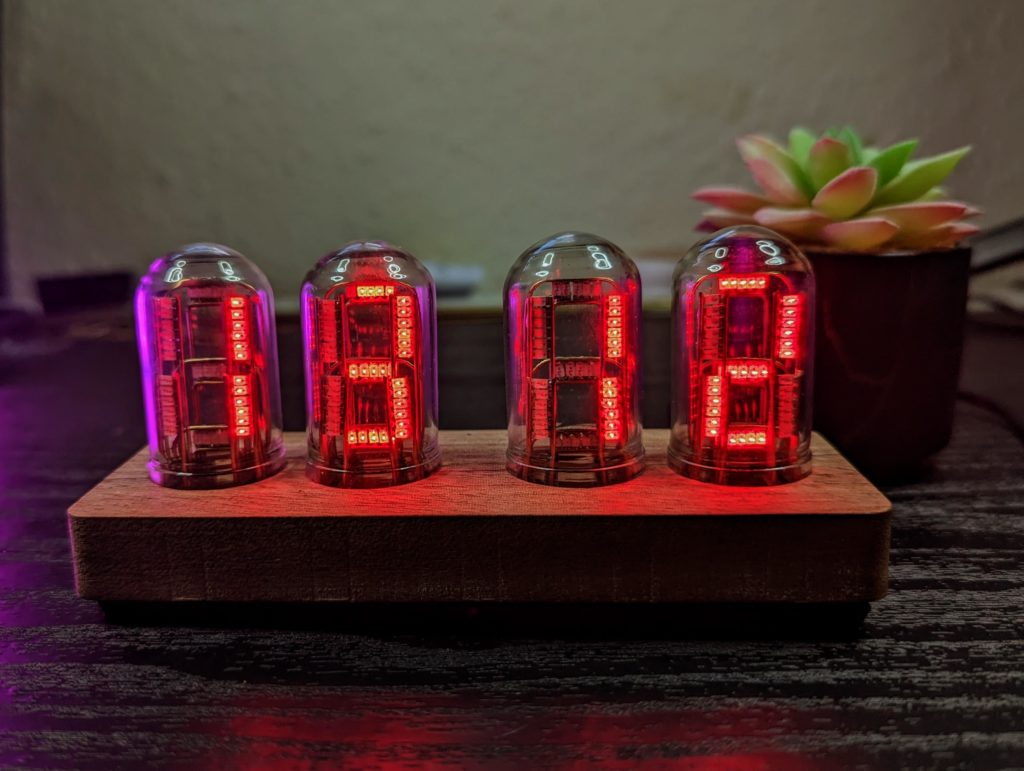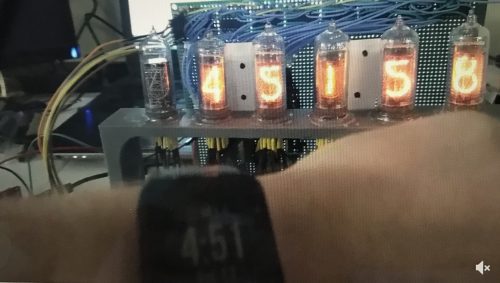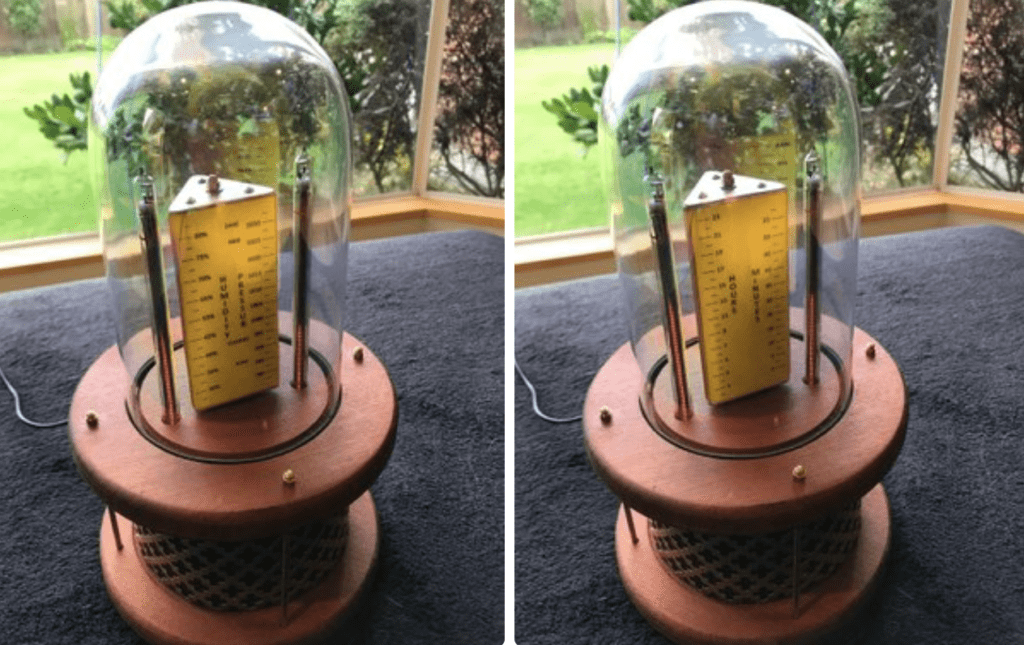Schlagwort: Nixie Clock
-

This beautiful clock features circuit sculpture faux Nixie tubes
Reading Time: 2 minutesEveryone loves a nice Nixie tube clock, but Nixie tubes are expensive and difficult to find. Even if you can source a working set, driving the vintage tubes is a complicated undertaking by modern standards. Nixie tubes require high voltage and multiplexing, which is a pain. To solve these problems while retaining…
-

This shield combines the retro charm of Nixie tubes with modern Arduino Cloud connectivity
Reading Time: 2 minutesArduino Team — July 8th, 2021 Nixie tubes are fun little devices that act like seven-segment display modules in that they can be lined up together in order to form a larger number by showing digits 0 through 9. One maker, Marcin Saj, has created a unique project that uses a series of six…
-

This Nixie tube clock keeps the time and the cost down
Reading Time: 2 minutesArduino Team — July 7th, 2021 Nixie tubes are a great throwback to an era before the advent of LED and LCD screens; however, they often require expensive components or complex programming to operate. This challenge is what inspired Doug Domke to come up with his own solution that only costs $110. His design incorporates the…
-

This pendulum POV clock uses a Nixie tube to plot the time as it swings
Reading Time: < 1 minuteArduino Team — May 11th, 2021 Clock pendulums are generally mechanical devices that time each second as it ticks away, but do little else. Jason Oeve’s concept, however, places the face itself – a single IN-12B Nixie tube – onto its large wooden pendulum. As it swings back and forth, four…
-

Retro Nixie tube lights get smart
Reading Time: 2 minutesNixie tubes: these electronic devices, which can display numerals or other information using glow discharge, made their first appearance in 1955, and they remain popular today because of their cool, vintage aesthetic. Though lots of companies manufactured these items back in the day, the name ‘Nixie’ is said to derive from a…
-

Geometric Nixie tube clock and environmental display
Reading Time: 2 minutesGeometric Nixie tube clock and environmental display Arduino Team — May 21st, 2019 Creators keep coming up with new clock designs, and while you might think that every new possibility has been exhausted, Christine Thompson has proved this assumption wrong once again with her “VFD Trilateral Clock.“ This Arduino Uno-powered device employs…




